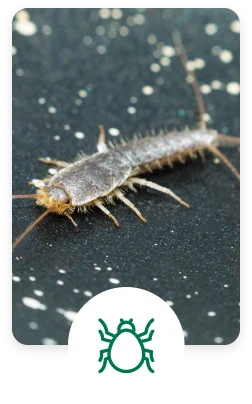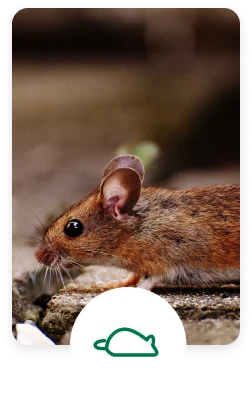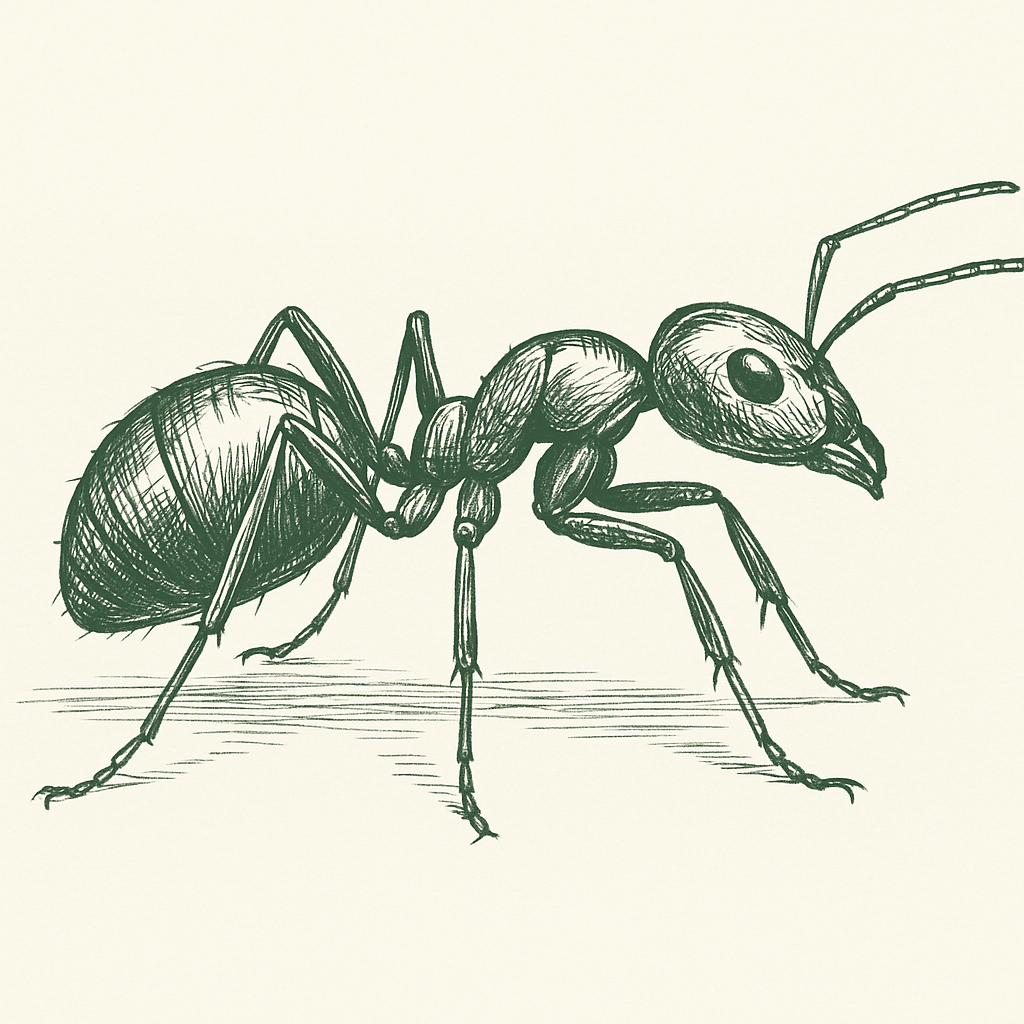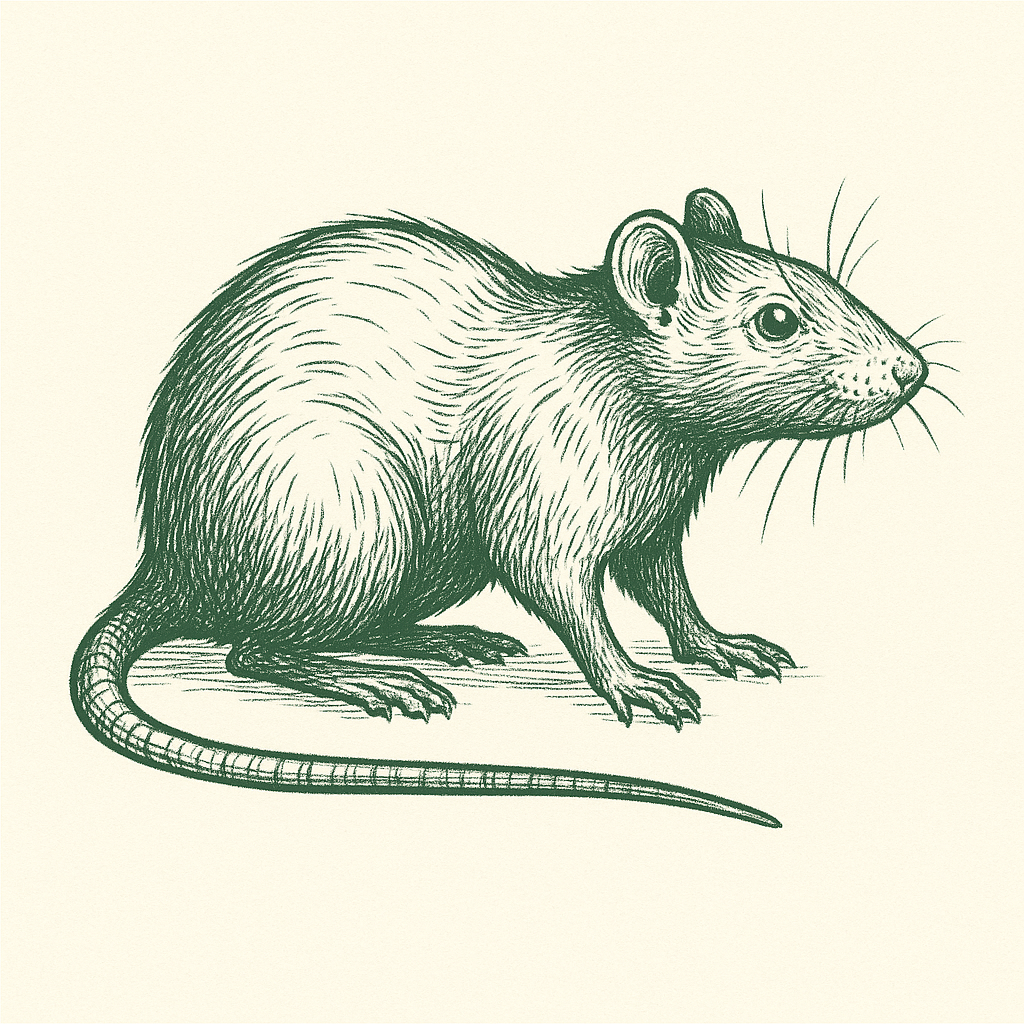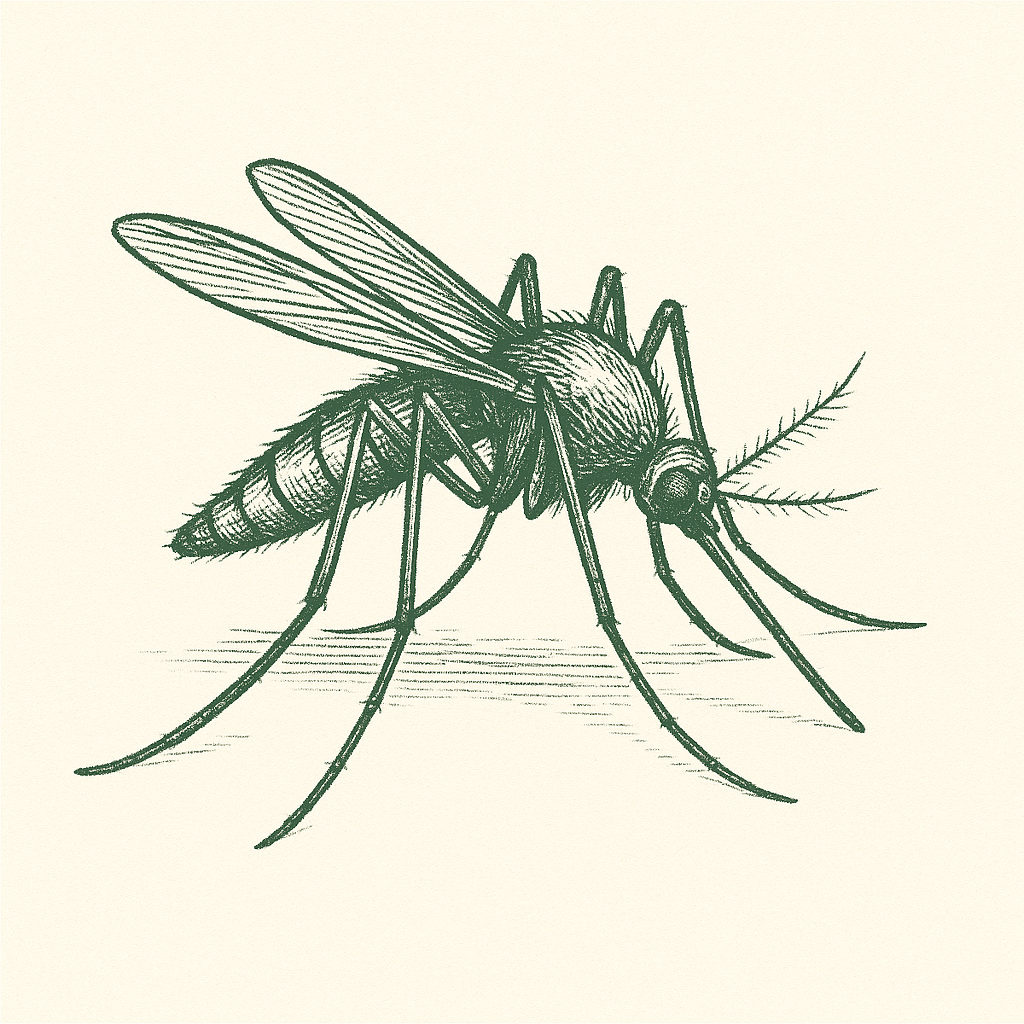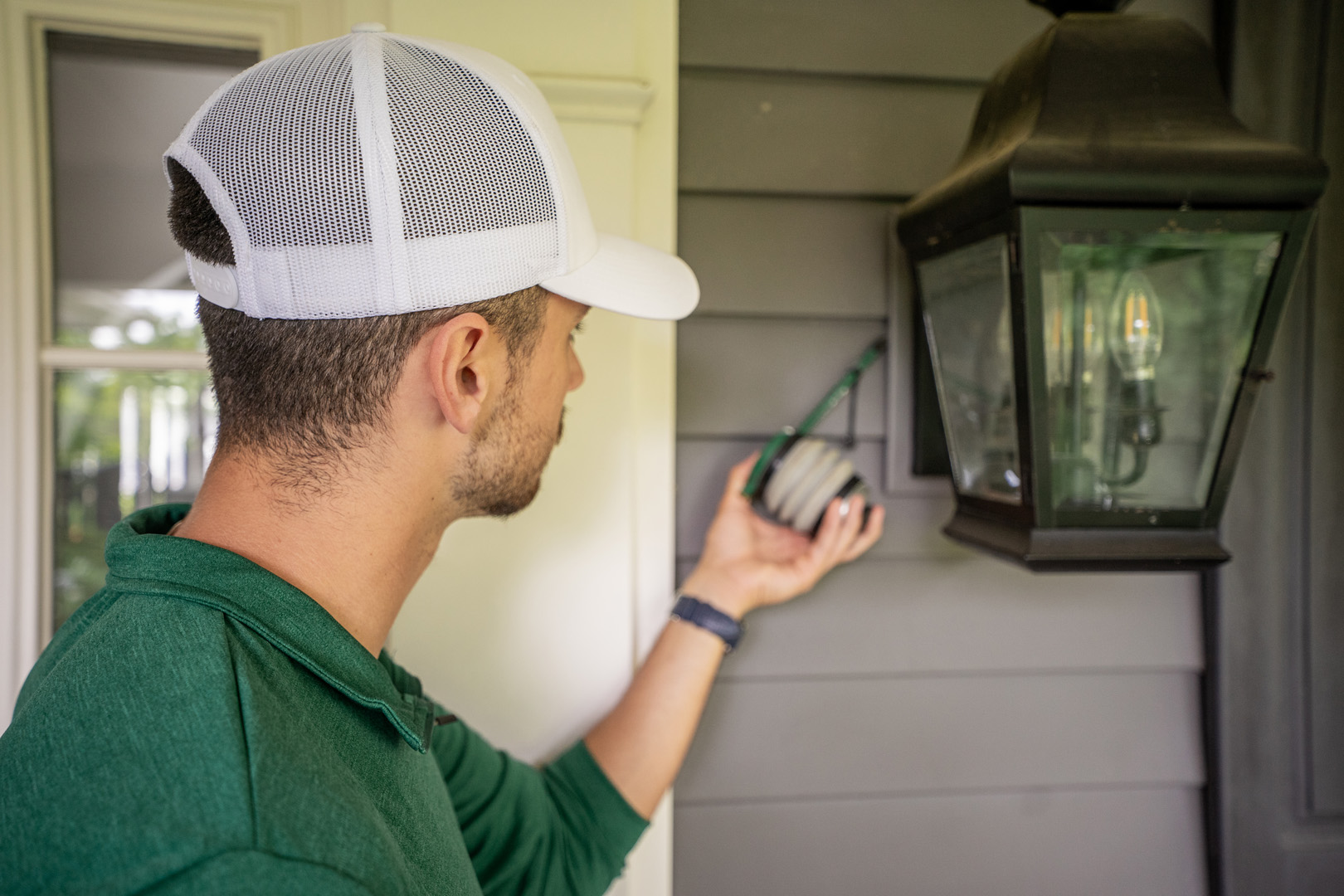
Wasp Control
Need Professional Pest Control?
If you've ever been stung by a wasp, you understand how painful and unpleasant it can be. Beyond their painful stings, wasps pose significant health risks, especially if you have an allergy to their venom. Insight Pest Solutions offers professional wasp control services to help you eliminate wasp threats and protect your property.
Don't risk painful stings trying to handle wasps on your own. Our professional wasp control services safely eliminate wasp nests and prevent future infestations. Call us today to schedule a prompt service visit.
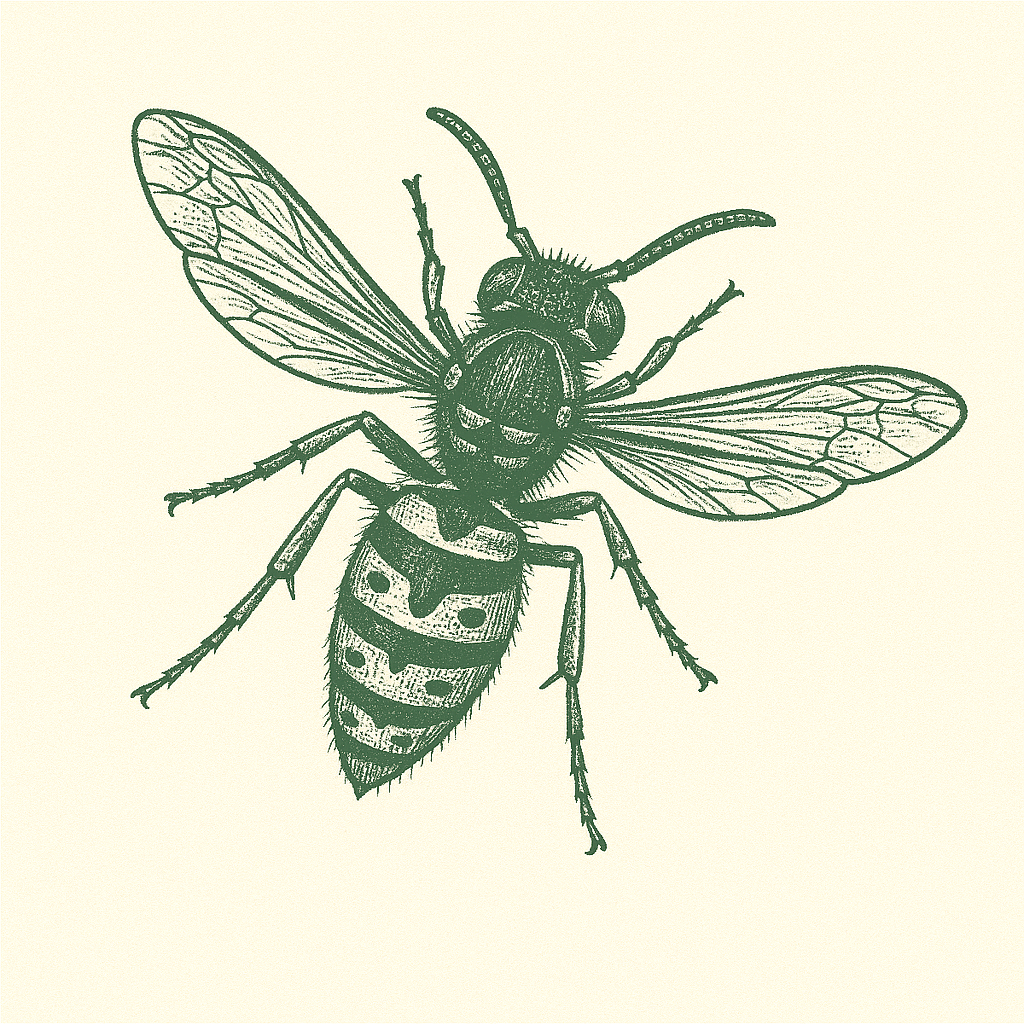
Common Pest Species
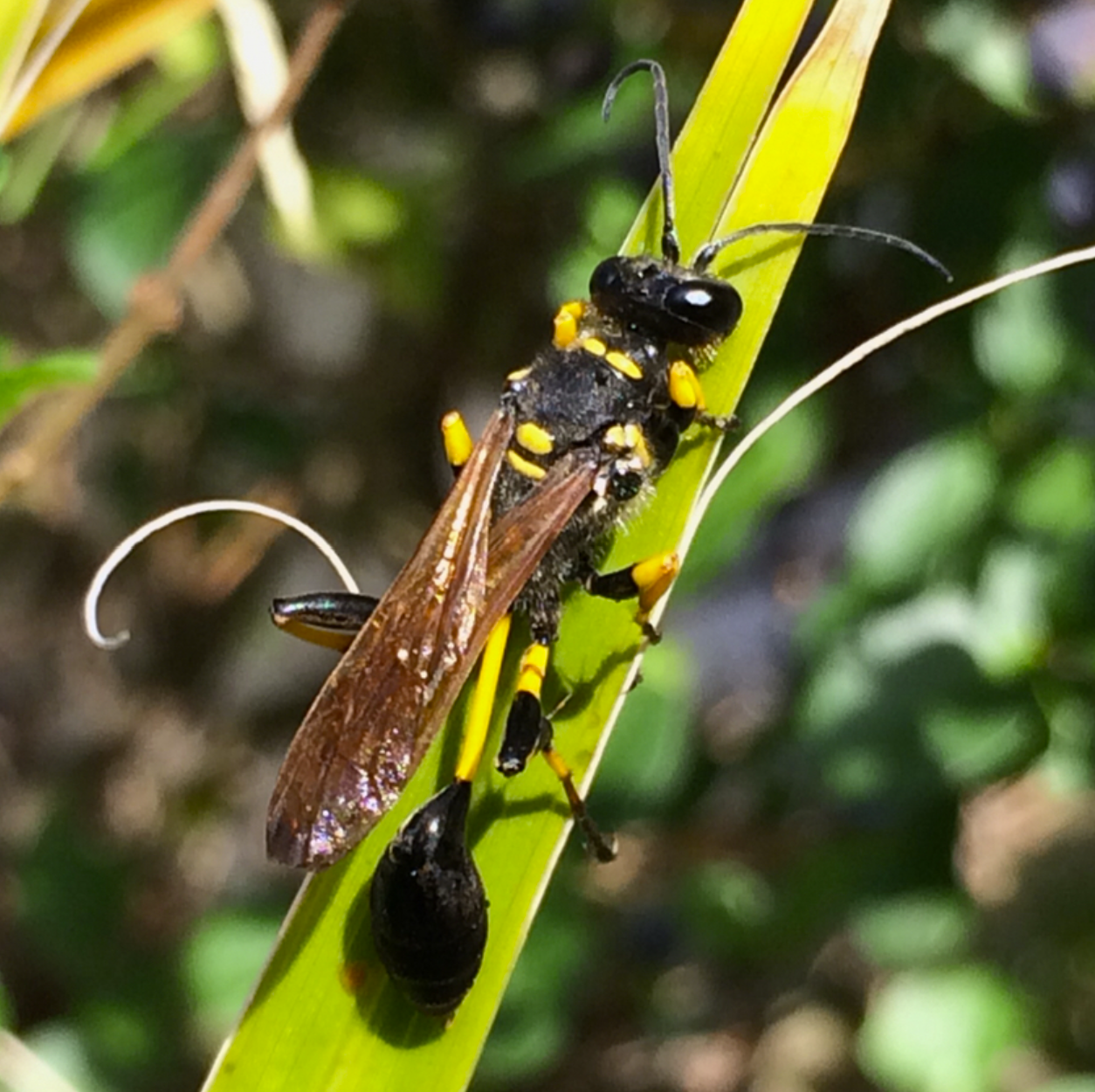
Mud Daubers
Mud daubers are wasps that build nests from mud, peat and straw, using their beak-like mandibles to scrape and smooth the material.
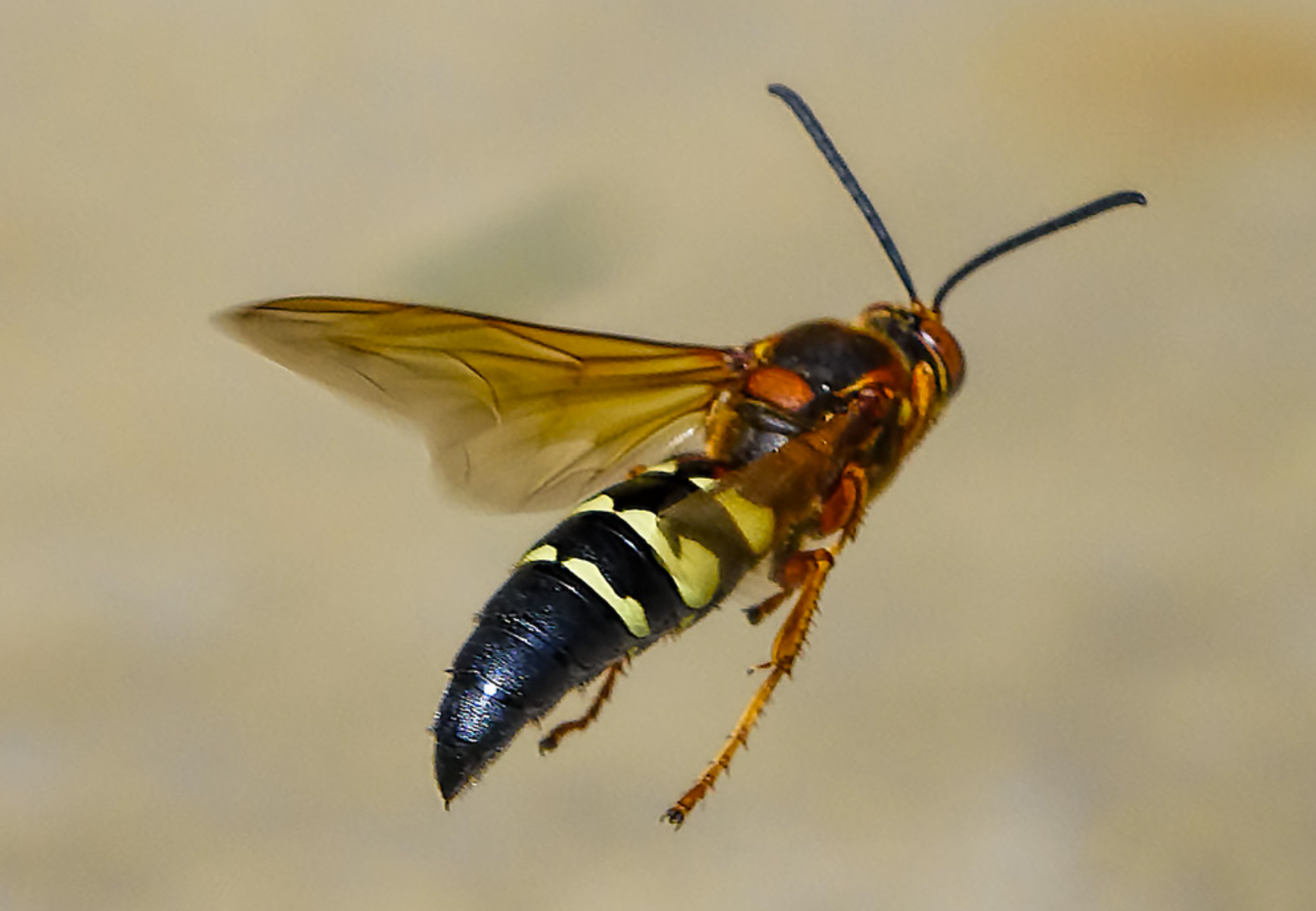
Cicada Killer
Cicada killers are large solitary wasps, up to 2 inches long, primarily black; they prey on cicadas and rarely sting unless provoked.

Yellow Jacket
Yellow jackets nest in protected areas like rocks, decks or garden structures; these black and yellow wasps are scavengers and feed on sweets and proteins.
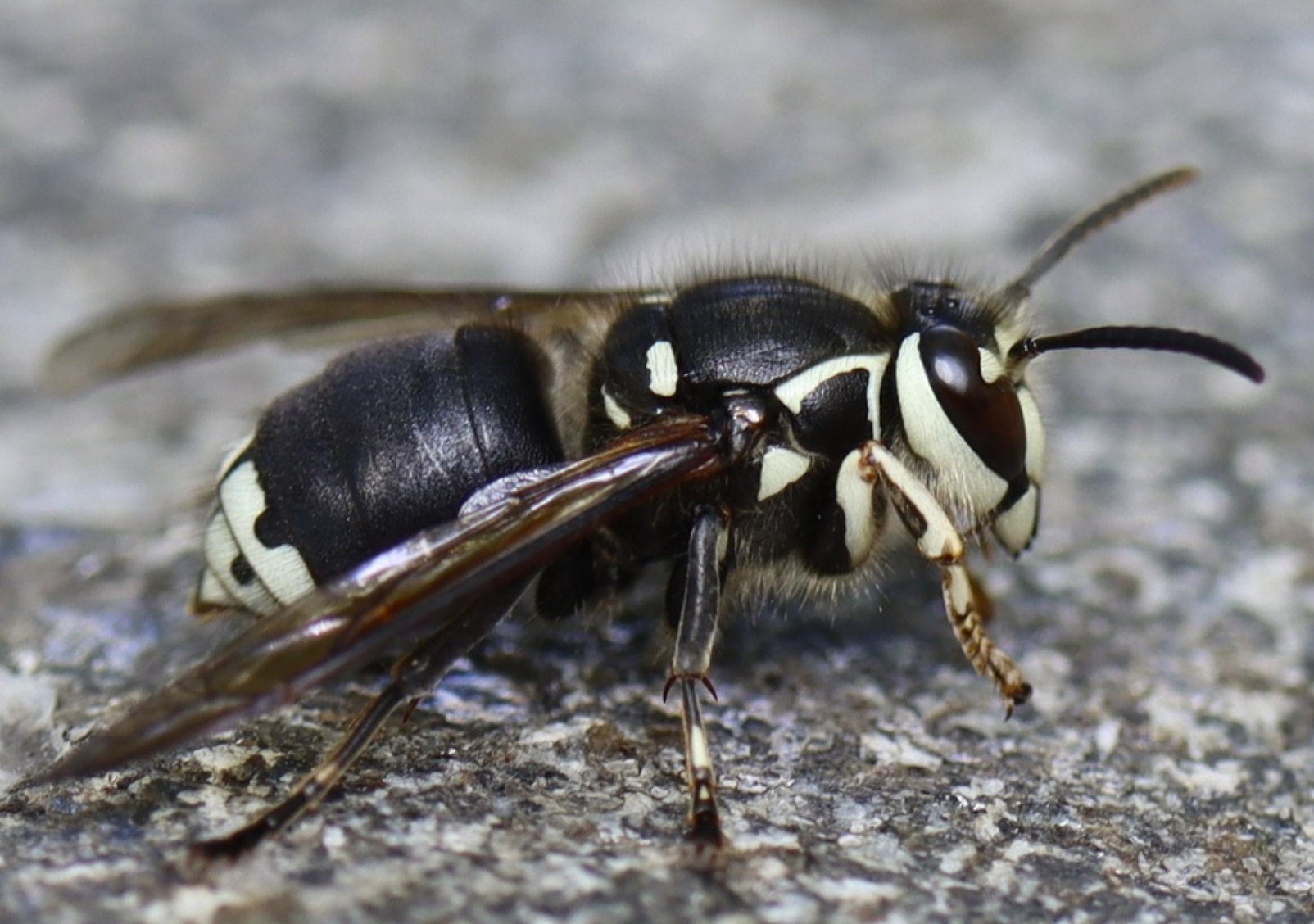
Hornet
Hornets are the largest common wasps in Canada, black and yellow, capable of unprovoked stings; their nests are often high in trees or on ledges.
Why Choose Our Wasp Control Services
Our professional wasp control services provide safe, effective elimination of wasp infestations. We understand the risks associated with wasps and take all necessary precautions to protect you and your property.
Expert Technicians
Our team is trained to identify different pest species and their behaviours.
Safe Solutions
We use products that are safe for your family, pets, and the environment.
Effective Treatments
Our methods target the source of the infestation for lasting control.
Satisfaction Guarantee
We stand behind our work with a 100% satisfaction guarantee.
Preventive Strategies
We provide tips and solutions to prevent future infestations.
Insight Pest Control Package
We offer comprehensive pest control solutions tailored to your specific needs. Choose the package that works best for your situation, or contact us for a customized solution.
Request a QuoteInitial Treatment
- Thorough Property Inspection
- Pest Identification
- Interior & Exterior Treatment
- Foundation Spray
- Crack and Crevice Treatment
Quarterly Protection
- Quarterly Preventive Visits
- Interior & Exterior Treatments
- Spider Web Removal (up to 25 feet)
- Wasp Nest Removal (up to 25 feet)
- Unlimited Service Calls
Free Unlimited Call-Backs
- Booked around your schedule
- No extra charge
- Priority service booking
- Specialized service staff
- Includes interior and exterior treatments
Our Services
Which Pest Is Bothering You?
Pests can be a significant nuisance when they invade your home, causing frustration and potential harm. Common invaders include ants, spiders, wasps, and mice, which can be challenging to eliminate and may cause damage or spread disease. If you're facing a pest infestation, it's crucial to address it promptly. Insight Pest Solutions provides a range of effective solutions to eliminate unwanted pests and restore a safe, healthy environment to your home.
